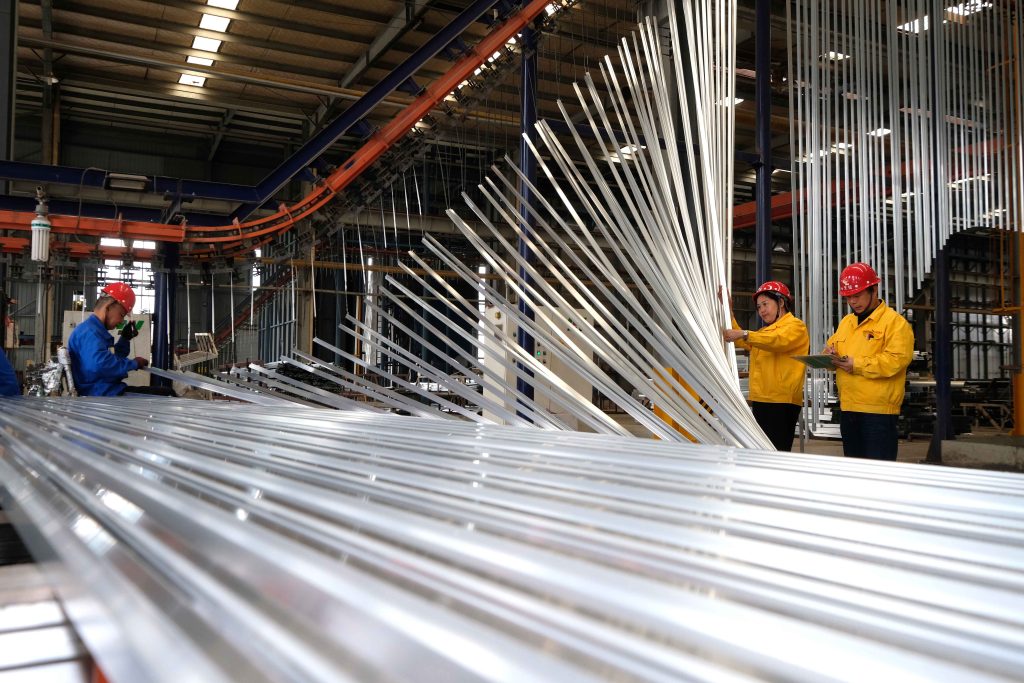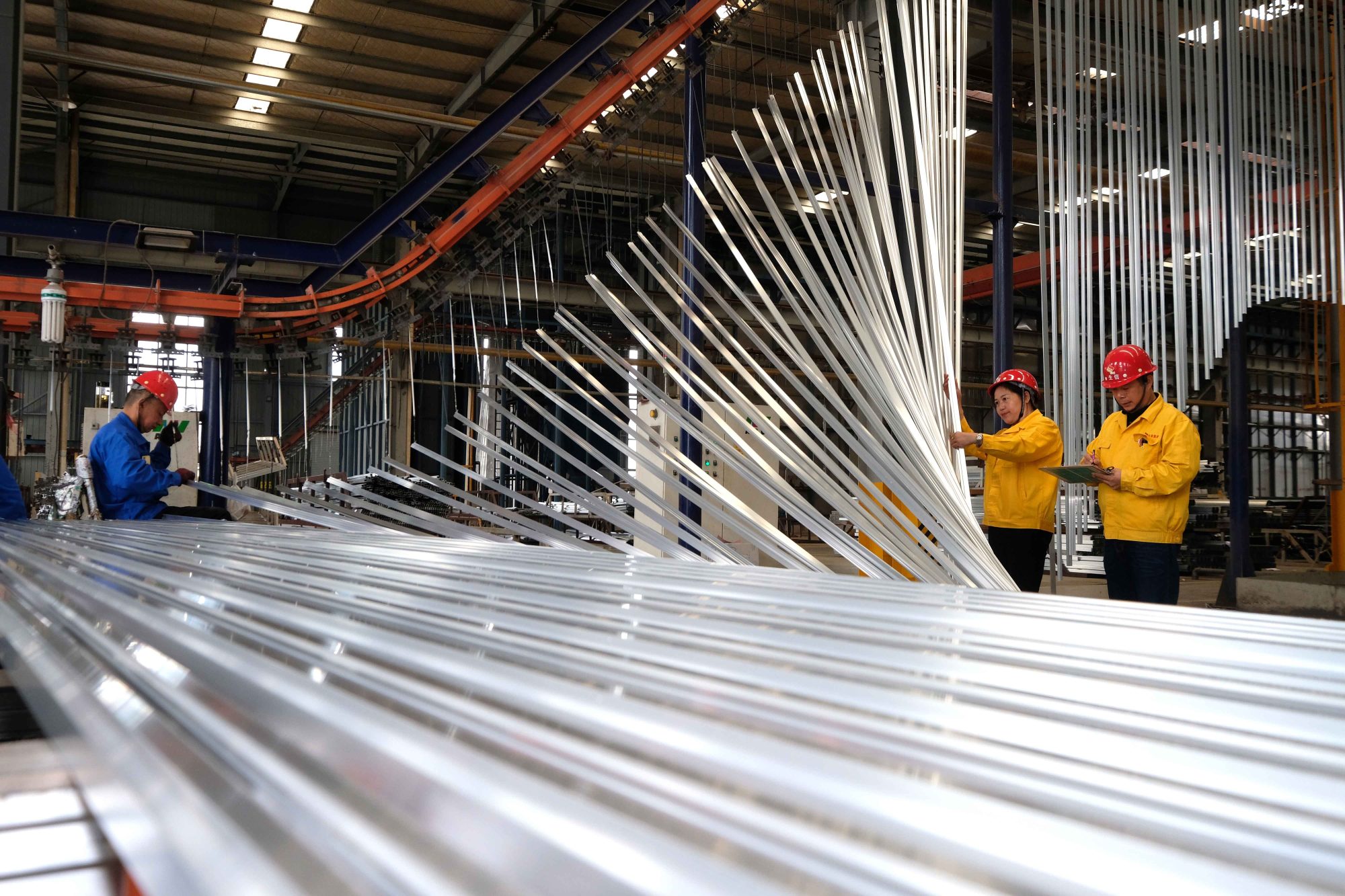Aluminum vs. Composite Materials: Lessons from the Haneda Airport Aircraft Incident
The recent fire incident at Tokyo’s Haneda airport, involving a Japan Airlines Airbus A350, has brought the aerospace industry’s material choices into sharp focus. As the first airliner primarily made from carbon fiber composites to be completely destroyed by fire, this event has prompted a reevaluation of the materials used in aircraft design, especially when compared to traditional aluminum.
The Incident at Haneda Airport
On a seemingly routine day, a collision with a smaller plane led to a fierce blaze, marking a significant moment in aviation history. Despite the severity of the fire, all 379 passengers onboard the Airbus A350 managed to escape, underscoring the effectiveness of modern aircraft materials and evacuation procedures.
Composite Materials in Aviation
The aerospace industry has increasingly turned to composite materials like carbon fiber to reduce weight and improve fuel efficiency. However, the Haneda airport incident has ignited discussions about the safety implications of these materials, particularly in fire emergencies. While composite materials offer numerous advantages, their behavior in high-temperature scenarios is now under scrutiny.
Aluminum’s Role in Fire Safety
Aluminum, with its higher melting point of about 600 degrees Celsius, contrasts with carbon fiber composites, which have a lower threshold for heat resistance. This intrinsic property of aluminum has long made it a staple in aviation, valued for its ability to mitigate risks associated with high-temperature scenarios. The Haneda incident underscores aluminum’s enduring significance in enhancing aircraft safety.
Evacuation Challenges and Material Performance
The successful evacuation from the burning A350 highlights the critical role of aircraft materials during emergencies. Experts like Ed Galea of Greenwich University have pointed out the high-risk nature of the evacuation scenario, emphasizing that “every second counts.” This incident serves as a testament to the robustness of composite structures, while also raising questions about the potential benefits of aluminum in such situations.
Debating Aluminum vs. Composite Materials
The aviation industry is at a crossroads, weighing the benefits of lightweight composite materials against the proven track record of aluminum in fire safety. While composite materials are celebrated for their strength and weight efficiency, the Haneda airport incident has highlighted the importance of considering fire safety in the material selection process.
Future Directions in Aviation Material Science
The incident has spurred interest in advancing material science, with researchers looking for ways to enhance the fire resistance of composite materials without compromising their beneficial properties. The goal is to achieve a harmonious balance between innovation and safety, ensuring that future aircraft can benefit from the best of both worlds.
Conclusion
The Haneda airport incident serves as a crucial lesson in the importance of material choice in aviation safety. As the industry continues to evolve, the debate between aluminum and composite materials is more relevant than ever. Ensuring the safety of passengers while advancing the efficiency and performance of aircraft remains a paramount concern, necessitating a balanced approach to material innovation in aviation design.

